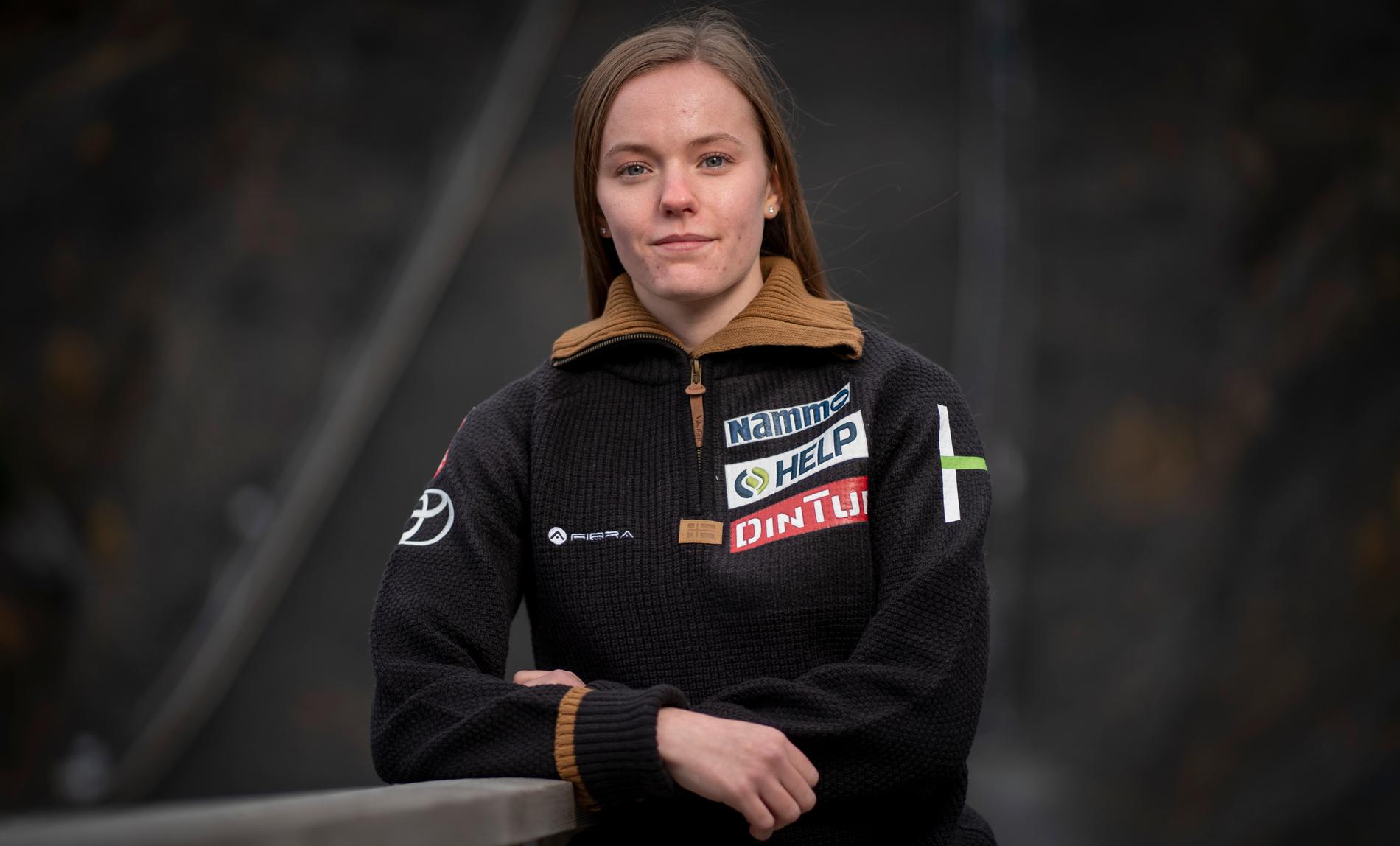NOSDelfi-C3 shortly before its launch in 2008
NOS Nieuws•vandaag, 22:23
“In 2008 they thought we were crazy,” says Chris Verhoeven. “It will never work to send this thing into orbit. We thought it would last 3 months at most. And now, in 2023, it is only at the end.”
Verhoeven is an assistant professor at TU Delft and ‘that thing’ is Delfi-C3, a satellite the size of a milk carton that was built by TU students. On April 28, 2008, he went into space on an Indian rocket.
Knowledge delivered
Delfi-C3 was a test satellite with which a new type of solar cell was tested. It also had two sensors on board, which determined the position of the satellite in relation to the sun. And then measurements were also made of temperature changes in the satellite as a result of the change in the distance from the Earth to the sun.
About sixty students participated in the project. This has provided the Netherlands with a lot of knowledge. So much knowledge that TU Delft might be able to put an unmanned explorer on the moon in 2026. In addition, the project has been an impetus for modern space travel in the Netherlands. Students who participated started their own space companies.
Burned
If the calculations are correct, the satellite will have burned up as it fell back into the atmosphere at 5 p.m. Dutch time after 15 years and more than 85,000 laps around the Earth.
Today was a sad day for Verhoeven. “I was at the ground station on Friday. That was the last time I heard the satellite live. I have tears in my eyes.”
Whether Delfi-C3 has really gone up in smoke will become apparent tomorrow, when it no longer sends a sign of life to Earth.
2023-11-13 21:23:14
#Dutch #satellite #work #months #years #defunct

